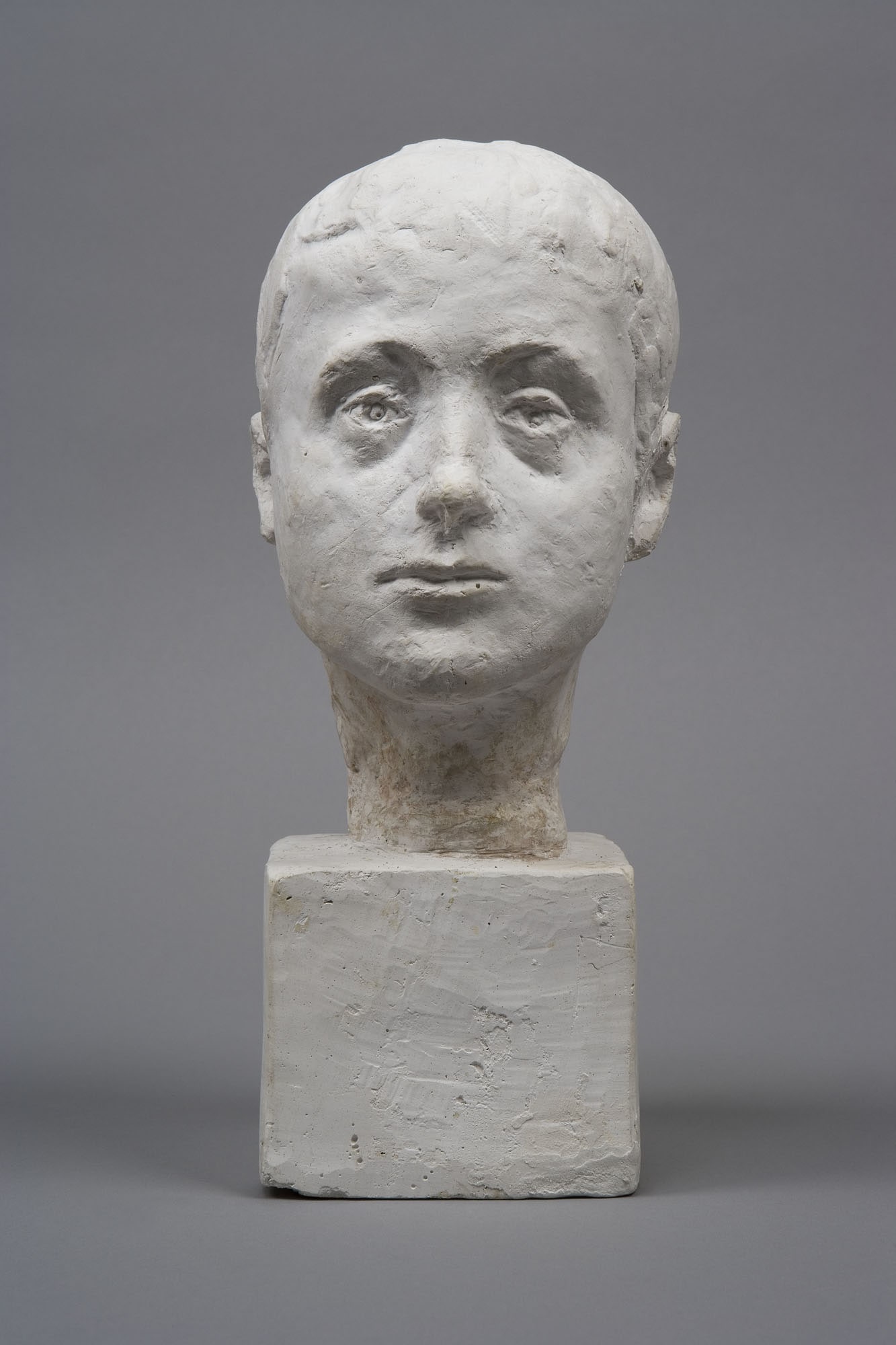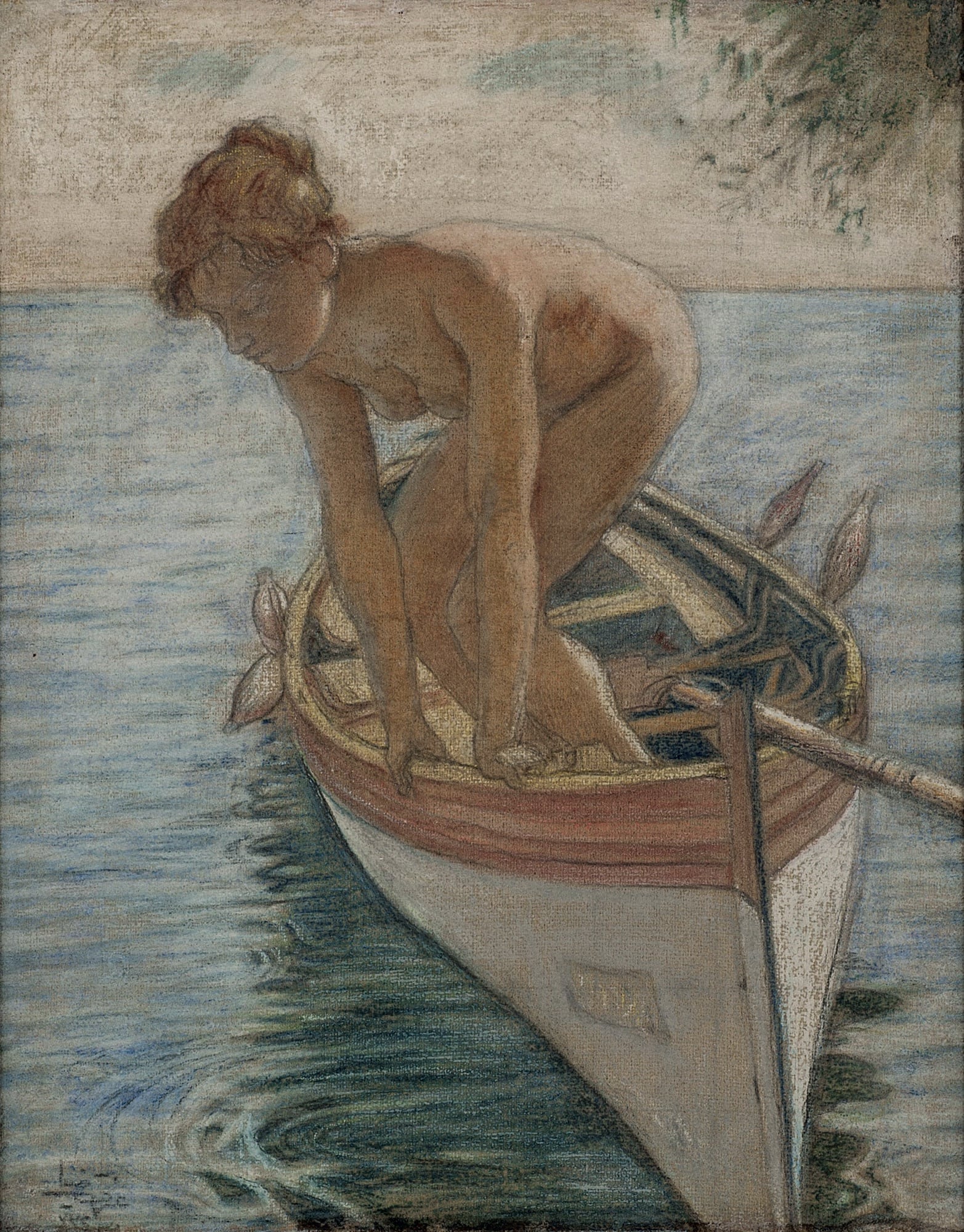Online Conference
April 8 - 11, 2021
Istanbul Research Institute and Pera Museum organize Istanbul Unbound: Environmental Approaches to the City, an international, virtual conference that seeks to offer new insights on the complex layers of Istanbul’s urban landscape, to be held on April 8–11, 2021. It brings together innovative studies in the fields of environmental history, political ecology, and critical art studies that utilize transdisciplinary methods and transcend predetermined scales and clearly delineated boundaries between the histories and stories of humans, nonhumans, and the built environment. Istanbul Unbound is organized in collaboration with Heinrich Böll Stiftung-Turkey, through partnerships with birbuçuk, IstanbuLab, and Occupy Climate Change!, and endorsed by the European Society for Environmental History and the Network for the Study of Environmental History of Turkey.
The conference is in English. Registration is required. Please click here to register. You can join the conference using the same link once it starts.

Organized in collaboration with the Giacometti Foundation, Paris, the exhibition explores Giacometti’s prolific life, most of which the artist led in his studio in Montparnasse, through the works of his early period as well his late work, including one unfinished piece. Devoted to Giacometti’s early works, the first part of the exhibition demonstrates the influence of Giovanni Giacometti, the father of the artist and a Swiss Post-Impressionist painter himself, on Giacometti’s output during these years and his role in his son’s development.

Men were the first nudes in Turkish painting. The majority of these paintings were academic studies executed in oil paint; they were part of the education of artists that had finally attained the opportunity to work from the live model. The gender of the models constituted an obstacle in the way of characterizing these paintings as ‘nudes’.
Tuesday - Saturday 10:00 - 19:00
Friday 10:00 - 22:00
Sunday 12:00 - 18:00
The museum is closed on Mondays.
On Wednesdays, the students can
visit the museum free of admission.
Full ticket: 300 TL
Discounted: 150 TL
Groups: 200 TL (minimum 10 people)